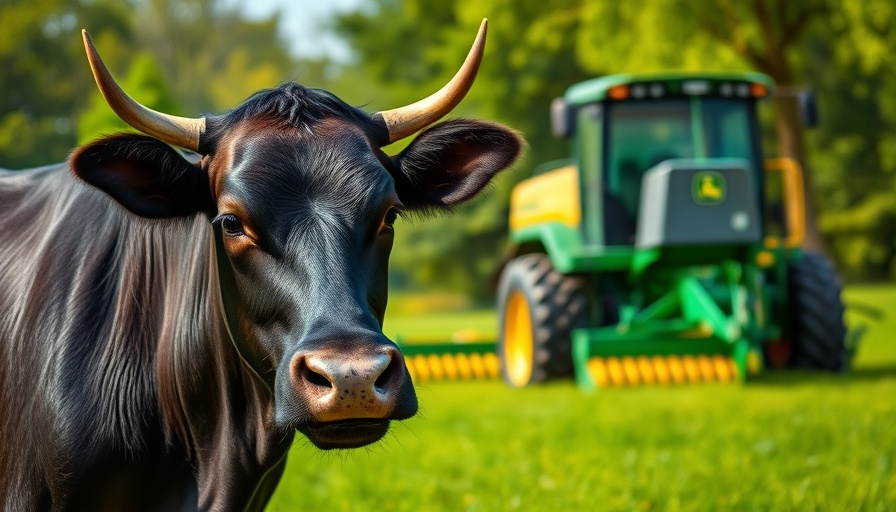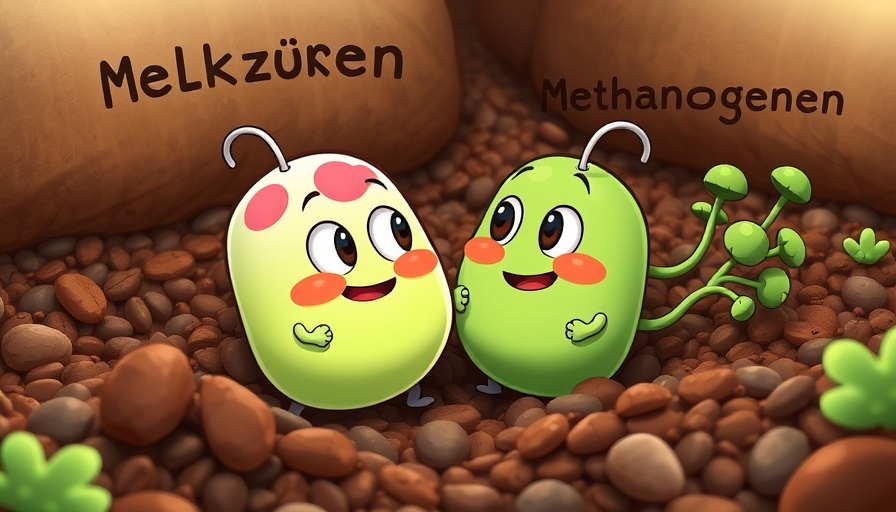
Understanding the Pressure on Dairy Prices
The dairy industry has recently seen a notable decline in farm milk prices, attributed primarily to an oversupply in the market. Since summer, milk prices across nearly all dairy enterprises have dropped slightly, an unexpected turn of events shaped by increased production, particularly in the U.S. Experts like Tom Booijink from RaboResearch predict this trend will continue as global supply remains robust.
Global Production Trends Affecting Local Farmers
In the United States, milk production is reported to be 2% higher than last year, with expectations for this trend to persist. Similarly, New Zealand has commenced its new milk season with a strong start, contributing significantly to global supply. While last year’s production was negatively impacted by factors like the bluetongue virus, this year paints a different picture, marking an increase in output during crucial months.
Reaction to Altered Market Conditions
The rapid increase in supply has led to altered expectations within the dairy market. Before the summer vacation, many analysts believed the market would remain tight in the latter half of the year. However, news of better-than-expected milk supply has transformed these projections. As a result, there is now a surplus not only of milk but also of its derivatives like butter, cream, and cheese.
Implications for Dairy Farmers
With the recent adjustments, dairy farmers need to prepare for further price declines. Historically, farm milk prices lag behind dairy quotes, meaning farmers might soon feel the financial impact of these market changes. Industry insiders like Klaas Johan Osinga from LTO Nederland stress the importance of sustaining milk prices amidst rising costs, such as waste disposal, to ensure the sector's resilience.
The Impact of Trade Policies on the Dairy Sector
Additionally, the ongoing trade disputes initiated by the U.S. government and the weak dollar are further affecting Europe's dairy industry. These factors collectively jeopardize the competitive landscape for European dairy producers, necessitating strategic responses to maintain market viability.
Future Outlook for Dairy Prices
Looking ahead, dairy analysts warn of the potential for continued downward pressure on milk prices if the current global production trajectory remains. For farmers, adapting to these changes and finding ways to optimize operations while navigating challenges such as fluctuating international demand will be pivotal in securing their livelihoods.
Taking Action in Uncertain Times
As the landscape of dairy prices evolves due to global factors, farmers are encouraged to stay informed and agile. Strategic planning, perhaps with mentorship or resources from local agricultural organizations, can be vital in mitigating risks associated with market volatility.
In conclusion, understanding these shifts can empower dairy farmers to make informed decisions, enhancing their preparedness for the challenges and opportunities that lie ahead. To successfully navigate the pressures of changing dairy markets, taking proactive measures and seeking guidance could provide the edge needed in these uncertain times.
 Rij toevoegen
Rij toevoegen






Write A Comment